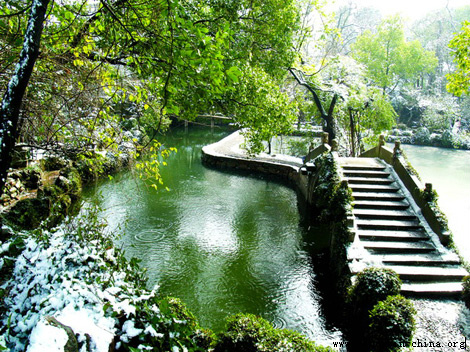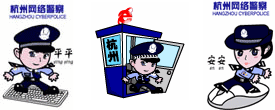| Home > Living In China |
Tibetan Culture Development Benefits More Common People
In recent years, Tibet has comprehensively launched a series of strategies to accelerate its cultural development so as to turn from a region with rich cultural resources to one with strong cultural development.
Tibet's peaceful liberation in 1951 marked a new era in the socialist cultural construction in Tibet. The traditional Tibetan culture has gained effective protection and promotion with increasingly improved cultural infrastructure, more mass cultural activities, flourishing cultural industries and more cultural exchanges.
How to make more Tibetan common people involve in the development of Tibetan culture?
Zhang Zhizhong, vice deputy of the Tibet cultural department, points out four approaches for this question, including to effectively protect the ethnic traditions; to vigorously promote ethnic culture; to benefit common people in cultural infrastructure construction and to actively carry out mass cultural activities.
Since the late 1980s, Tibet has launched unprecedented survey, collection, sorting, research, compilation and publication of folk cultural heritages. So far, the region has collected a total of over 10,000 songs and ballads, 30 million-character textual materials, a large number of audio and video materials and over 10,000 photos.
From the 1990s, Tibet intangible cultural protection has been carried out in larger scale and higher levels. At present, over 800 intangible cultural items have been appointed with 1,177 inheritors, and over 80 traditional drama performances have been showed in Tibet.
The "cultural preferential project" gets more talent people in agricultural and pastoral Tibetan areas to participate in the progress of Tibetan cultural development.
"Tibet will continue with its significant preferential cultural projects including 'cultural resource sharing project', 'moving stage project' and 'sending books to rural Tibet' with the assistance from the Central Government", said Zhang Zhizhong.
Tibetan cultural industry springs up rapidly under the drive of tourism. At the same time, more rural villages along the tourism line begin to build holiday inns and Tibetan-style hotels for tourists, helping push the Tibetan folk culture to market. These measures not only satisfy the need of tourists but also expand the channels for increasing income for farmers and herdsmen.
Besides, a series of unique Tibetan cultural icon, such as Thangka, Tibetan incense and Tibetan dinner, also play an important role in alluring more people to Tibet, which will also help spread Tibetan culture to the outside world. It is in this way that more common people are benefited from the development cultural industry.
Custom
 more
moreWeb Dictionary
Primary&secondary
Beijing National Day School
Beijing Concord College of Sino-Canada
Brief Introduction of BCCSC Established in the year 1993, Huijia School is a K-12 boarding priva...Beijing Huijia Private School





 print
print  email
email  Favorite
Favorite  Transtlate
Transtlate 







